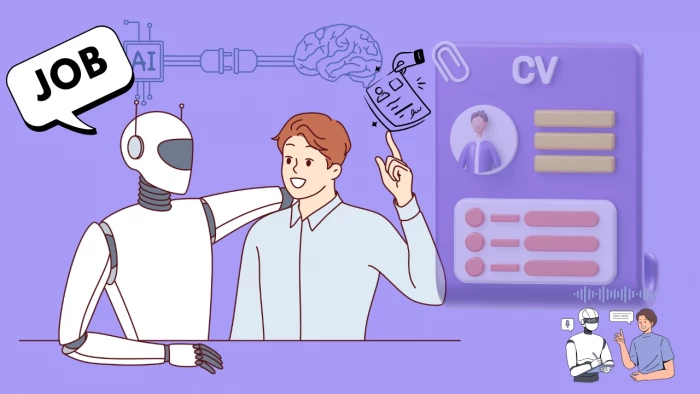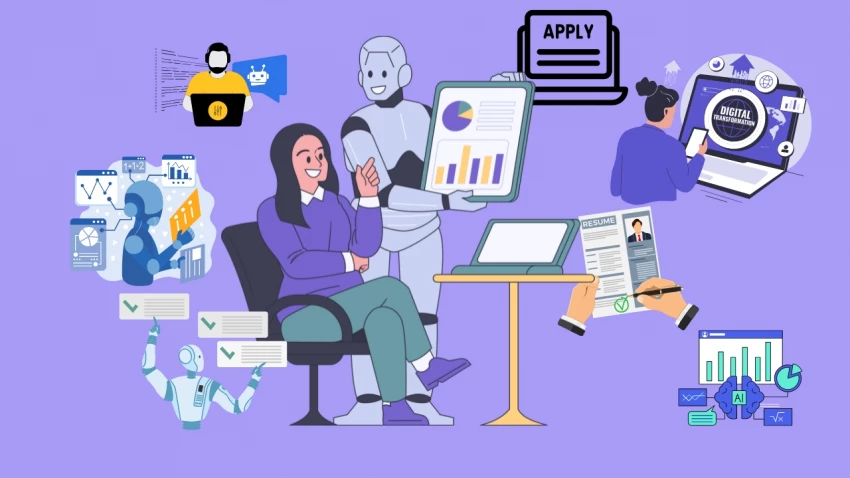

When I started my job search, I felt overwhelmed. Hundreds of applications, endless rejections, and little feedback. Then I asked myself: what if I let AI guide me through this process?
Within six months, I landed my dream job. Here’s exactly how I used AI tools, step by step, to go from overlooked to hired.
The first step was figuring out which roles matched my skills. Instead of guessing, I used AI-driven platforms like LinkedIn’s AI job matcher and O*NET’s occupational database.
AI analyzed my resume, suggested industries I hadn’t considered, and highlighted skills in demand. For example, I discovered that 75% of employers value adaptability and problem-solving even more than technical expertise (source). That insight shaped how I positioned myself.
Most resumes never reach a human recruiter. Around 70% of applications get filtered out by Applicant Tracking Systems (ATS) (Jobscan).
I used AI-powered resume optimizers like Jobscan and ResumAI. These tools compared my resume against job descriptions, flagged missing keywords, and suggested stronger action verbs. Within weeks, I noticed more callbacks simply because my resume passed the ATS gatekeeper.
Before AI, I dreaded writing cover letters. They felt repetitive. With ChatGPT and CoverDoc.ai, I could generate drafts in minutes.
Instead of sending generic letters, I provided the AI with specific achievements, company values, and role details. The result? Each letter felt personal and aligned with the company’s mission. Recruiters took notice; I received compliments on my cover letters more than once.
Interview prep was where AI became my secret weapon. I used Interview Warmup by Google and ChatGPT role-play prompts to simulate common questions.
AI gave me feedback on filler words, tone, and confidence. Research shows structured interview practice increases hiring chances by 36% (Harvard Business Review). Practicing daily with AI built muscle memory, so I walked into real interviews calm and ready.

Recruiters check LinkedIn before calling you. I used AI to rewrite my profile summary, optimize keywords, and even generate posts about my industry.
One AI-generated post went semi-viral, gaining over 10,000 impressions. That visibility led to recruiters reaching out directly. Data shows 87% of recruiters use LinkedIn regularly to find candidates (Jobvite). Optimizing my profile with AI was non-negotiable.
The final hurdle was salary negotiation. I asked AI to simulate conversations where I practiced asking for higher pay.
Using tools like Paysa and Levels.fyi, I gathered salary benchmarks. With AI-guided practice, I confidently requested a 15% higher salary and got it.
AI isn’t magic. It won’t apply to jobs or replace networking. But it amplified my efforts: faster research, sharper resumes, and smarter interview prep.
Where AI struggled was with nuance. Sometimes the tone felt robotic, and I had to edit heavily. Human authenticity still matters most.
Looking back, I realize AI gave me more than tools. It gave me confidence. Instead of second-guessing every step, I had data-driven support at my side.
If you’re job hunting, ask yourself: what parts of this process could AI make easier? Chances are, it can save you time, stress, and maybe even help you land your dream job, too.
Be the first to post comment!